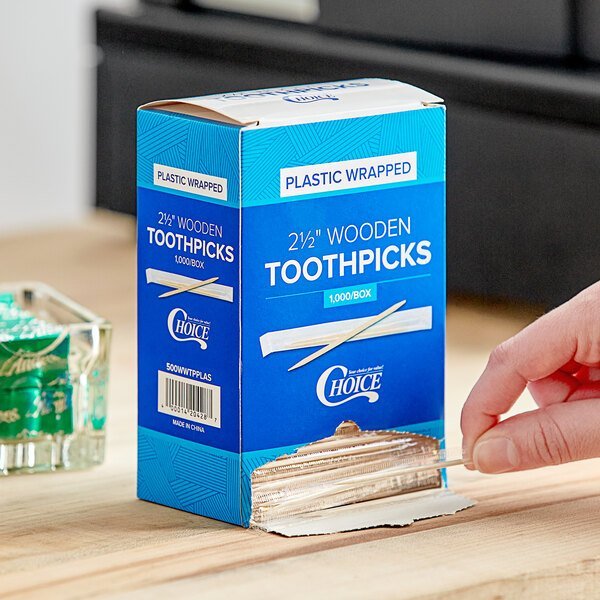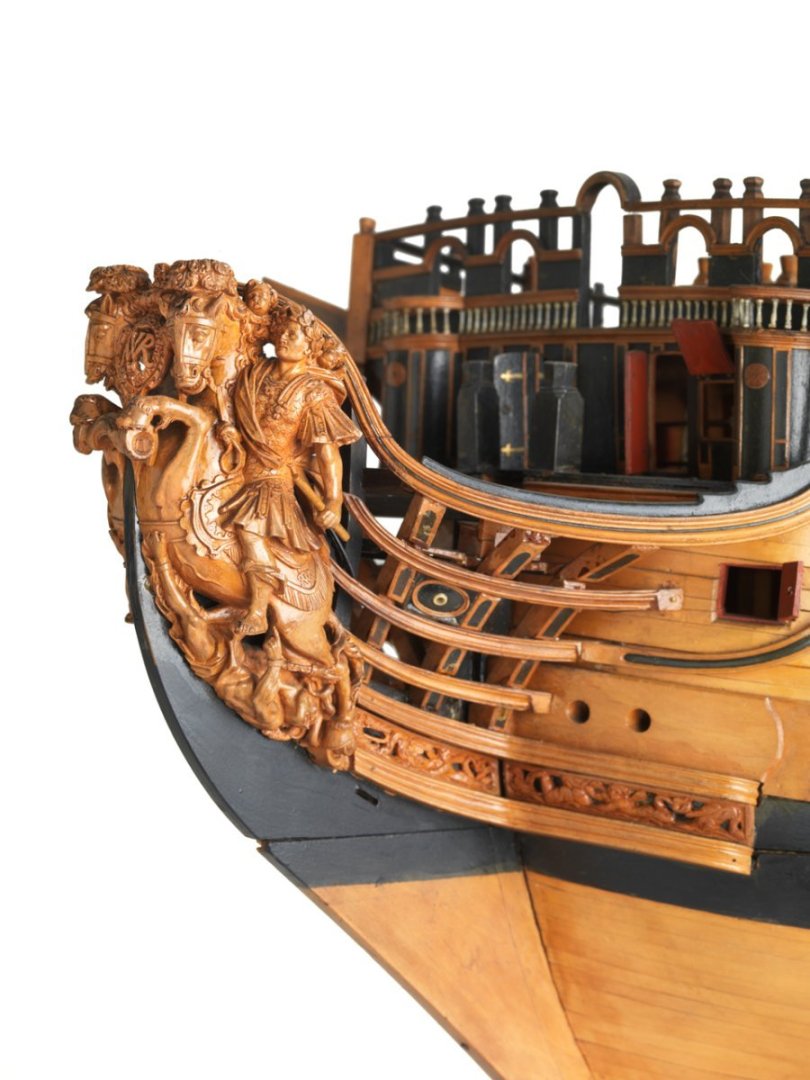-
Posts
8,149 -
Joined
-
Last visited
Content Type
Profiles
Forums
Gallery
Events
Everything posted by allanyed
-

Hi, from Balearic Islands, Spain.
allanyed replied to Miguel Juan Calvo Fürst's topic in New member Introductions
Welcome aboard Miguel Your project looks to be very interesting and hopefully a lot of fun. I am sure you will get all the support you need (maybe too much😀) When I say too much, for example, when it is time for the cannon, please feel free to PM me as I have detailed drawings of three patterns of Spanish cannon covering circa 1715-1756, 1756-1765, and 1765-1805 that I can send to you if you want them and compare with your plans. Allan -
The Vanguard boats really are good, but alas, the scale is wrong for your 1:72 build as Alistair states. It is not very difficult to make your own boats and they will look realistic. There are a lot of contemporary plans and all the scantlings needed readily available if you want to give that a try. Allan
-
It is fantastic that you researched this. Having done that I am guessing you realize gratings themselves look nothing like those from the kit. You can make or get more realistic grating materials to go with the head ledges and coamings that you will be making. I have only seen realistic looking after market gratings from Syren, but hopefully there are others available as well. Key things to remember are that the openings are typically 3" or smaller, there are no openings in the grating next to the head ledges and coamings, and the battens run fore and aft, not athwartships. It might be preferable to make the gratings first, as close as possible to the size needed, then build the frame of coamings and head ledges around the grating. Note that the head ledges and gratings round up on British ships. Not sure if it was the same on Spanish ships like your Diana 1792. Allan
-
You are absolutely right, but it is worth it to do it correctly. Yours is not only beautifully executed, the contrast in sizes of the ratlines and shrouds is fantastic. We see a lot of models that have ratlines that are oversized in circumference. Your rigging overall should be seen by everyone as it is a great example to try to emulate.
-
Belated Happy Birthday FM. And best of luck with your forthcoming classes and endeavors in the maritime history field. Allan
- 279 replies
-
- Spanish Galleon
- Imai
-
(and 1 more)
Tagged with:
-
British 74's were launched starting about 1760 so rigging drawings from before that may not be applicable. Other than the photo of the Bellona model that you posted, the drawings or photos that you copied might not be applicable. Did you study the photos of the Hercules 1759 (or Thunderer)? They are applicable and may be of some help. https://www.rmg.co.uk/collections/objects/rmgc-object-66271 Maybe contact the museum to see if they can give you more help as well. Allan
-
Steve What John wrote is the best way to go in my opinion. If your hull is a little out of shape compared to the plans this method will compensate for any variation. I would cut two at the same time so one can be flipped over and be a mirror image rather than making two tracings. If the variation of the hull itself starboard to port is slight, the cap will cover this up as they will be symmetrical. Allan
-
Dick, Take what Phil wrote very seriously. My go-to pickling material is Sparex but there are surely other brands or methods. Once pickled tinse the piece with water and then blacken with BC or other brands. Remember that once pickled do not touch the piece with your fingers as any oil on your fingers can screw up the blackening. Allan
-
Tim, Were Blomefield cannon on Speedy as well as the carronades? If they were indeed Blomefields, you can take the STL drawing to any 3D printer and tell them the dimensions that you want and they can scale to size and print them black resin for very little cost. I also attached the 2D below to give you an idea of the actual shape of the cannon of that era. Allan 12 pounder Blomefield pattern WITH George the 3rd BADGE (1).stl.glb
-
Hi 3Bs This is very interesting, thank you for sharing. Can you say where you got the plans for the USS New York? For the future, if you have not already done so, there is a ton of great information to study on proper planking in the articles data base here at MSW, (https://thenrg.org/resources/Documents/articles/APrimerOnPlanking.pdf) and in a four part video https://www.youtube.com/watch?v=KCWooJ1o3cM by Chuck Passaro that you may like. Allan
-
Now I understand why they all are identical. That in itself is a great achievement. Sorry if I missed it, but is the toothpick wood or plastic or some other material? From the photo it is hard to tell but it looks something like those in the picture below. Thanks!! Ciao Allan
-
It is great to see the new Amati plates looking like small nail punches instead of the gigantic rivets. Hard to tell if they overlap but no matter as they do appear to be shingled properly rather than laying side by side what with having a single row of nails showing on each side. Very good call to make the switch David Allan
-
When I originally made the drawing above in 2010 it was for the Euryalus (1803) so the rounding, if any, may have been different for Revenge (1577). The height of the head ledges and coamings definitely varied over the years, getting higher above the deck as time went on but I cannot find anything based on contemporary sources regarding the rounding itself. Not the most important thing in a build, but might be interesting to some. Allan
-

Hello from Admiral Ching Lee
allanyed replied to Admiral Ching Lee's topic in New member Introductions
Welcome to MSW Ching You may want to give your location for those that might be interested in your services as we have members from all over the world. Allan -
You have chosen a huge project and showing a great start. One of the nice things about this ship is that you can compare your modern day plans to the contemporary plans and models at the RMG Collections site. https://www.rmg.co.uk/collections/objects/search/Royal William plans 1719 & https://www.rmg.co.uk/collections/objects/rmgc-object-66183 Regarding the lower wales, notice how it diminished in thickness at the bow so it rests in the rabbet as in the photo of the RMG model below. Allan
-
Historical question. Did the head ledges for the gratings round in 1577 as they did in the 17th century and onwards? Regardless, based on your start, I am SURE your model will surpass the awful piece on sale for $42,000. https://www.1stdibs.com/furniture/folk-art/nautical-objects/henry-culver-model-revenge/id-f_18564572/#skuId=f_18564572S1 Then again, PT Barnum's comment may come into play here. If they get that price you should get closer to $100K Thanks Allan
-
Hi Eck Sorry for the miscommunication, but when I mentioned contemporary, I meant contemporary to about 1800, not today. I realize the modern definition of contemporary can be different and can be confusing because of its slightly different meanings. In this case I meant the old definition where it refers to things from the same era as certain other things. For instance, when Victory was contemporary to the reign of George III. Regarding the modern day photos, as of a couple years ago keep in mind that all but about eight of the cannon on Victory are fiberglass or some other material other than metal so I would not assume anything about those in the photo is correct without corroborating evidence. They may be, but again, I would love to see information from the 17th through early 19th centuries that explains the rigging. As the cannon patterns changed a lot and carriage designs changed as well over this 200 year time span perhaps this part of the rigging did as well. For the photo of the USS Constitution as she is not a British ship some would hesitate to consider her as an example for what is found on British ships such as HMS Indefatigable. I am sure there were similarities in some things and that would be an interesting topic, but as with the Victory, the photo of the Constitution is modern thus not necessarily useful to the late 18th century or early 19th century. Allan
- 233 replies
-
- Indefatigable
- Vanguard Models
-
(and 1 more)
Tagged with:
-
Can you post photos of how you made the belaying pins? These are spectacular in shape and scale. WELL DONE!!! Allan
-
Bill I don't recall any book or article that goes into very detailed step by step methods for stropping blocks but it would be nice to learn of one. Volume IV of TFFM by David Antscherl has some great photos and drawings of single and double stropped blocks that may help you. In general it is a great book for lessons in masting and rigging. Allan
About us
Modelshipworld - Advancing Ship Modeling through Research
SSL Secured
Your security is important for us so this Website is SSL-Secured
NRG Mailing Address
Nautical Research Guild
237 South Lincoln Street
Westmont IL, 60559-1917
Model Ship World ® and the MSW logo are Registered Trademarks, and belong to the Nautical Research Guild (United States Patent and Trademark Office: No. 6,929,264 & No. 6,929,274, registered Dec. 20, 2022)
Helpful Links
About the NRG
If you enjoy building ship models that are historically accurate as well as beautiful, then The Nautical Research Guild (NRG) is just right for you.
The Guild is a non-profit educational organization whose mission is to “Advance Ship Modeling Through Research”. We provide support to our members in their efforts to raise the quality of their model ships.
The Nautical Research Guild has published our world-renowned quarterly magazine, The Nautical Research Journal, since 1955. The pages of the Journal are full of articles by accomplished ship modelers who show you how they create those exquisite details on their models, and by maritime historians who show you the correct details to build. The Journal is available in both print and digital editions. Go to the NRG web site (www.thenrg.org) to download a complimentary digital copy of the Journal. The NRG also publishes plan sets, books and compilations of back issues of the Journal and the former Ships in Scale and Model Ship Builder magazines.






